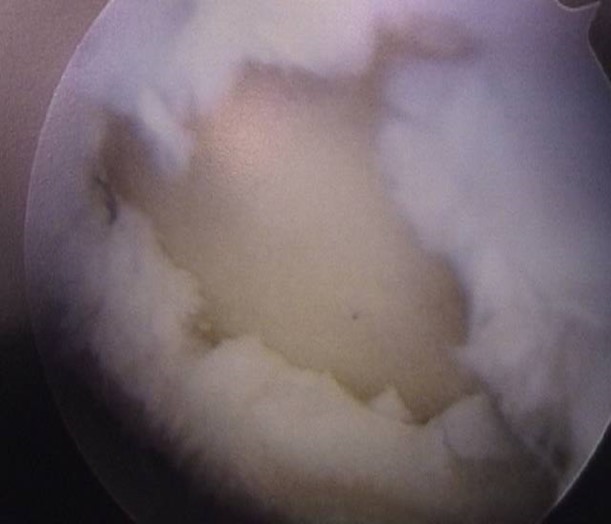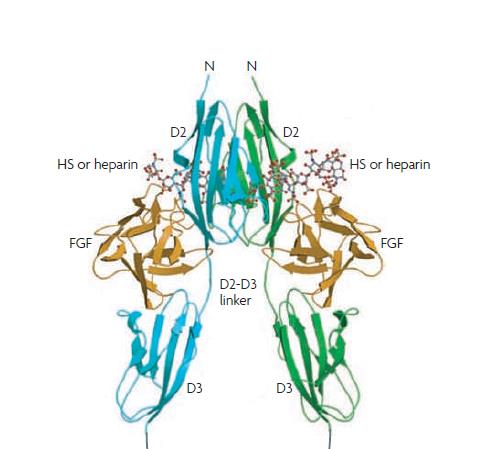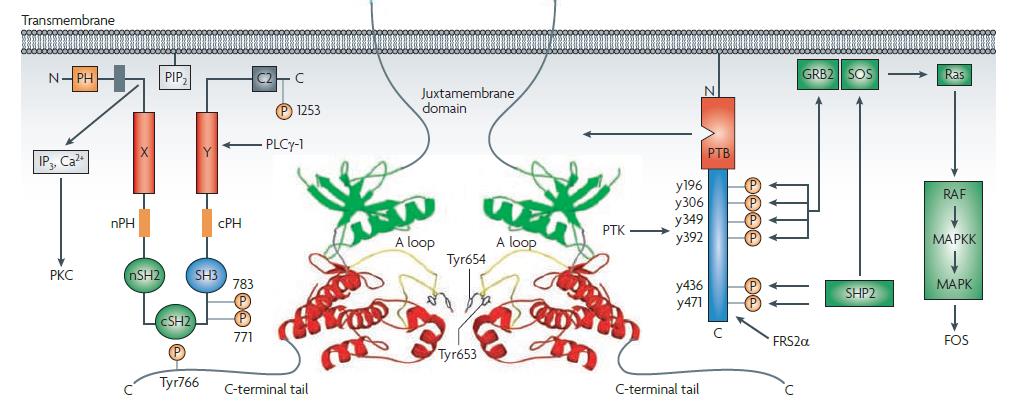FGF18嵌合体
Psp002 (FGF18 chimera): a novel chondrogenic biologic with clinical PoC
For Indication of cartilage repair

There are 3 human family members:
FGF8
FGF17
FGF18
Which can Induce MSC to chondrocyte differentiation and proliferation
Through Unique receptors specificity
FGFR3c > FGFR4 > FGFR2c


More Backgroud knowledge of FGF Family
There are 18 mammalian fibroblast growth factors (FGF1–FGF10 and FGF16–FGF23) which are grouped into 6 subfamilies based on differences in sequence homology and phylogeny: FGF1 and FGF2; FGF3, FGF7, FGF10, FGF22; FGF4, FGF5 and FGF6; FGF8, FGF17 and FGF18; FGF9, FGF16 and FGF20; and FGF19, FGF21 and FGF23 (REF. 1). The numbered ‘FGFs’ that are unassigned to subfamilies — the FGF homologous factors
(previously known as FGF11–FGF14) — have high sequence identity with the FGF family but do not activate FGF receptors (FGFRs) and are therefore not generally considered members of the FGF family2 (BOX 1); FGF15 is the mouse orthologue of human FGF19. FGFs are classically
considered to be paracrine factors and are known for their roles in tissue patterning and organogenesis during embryogenesis: the first five subfamilies fall into this category. By contrast, the FGF19, FGF21 and FGF23 subfamily has recently been shown to function in an endocrine manner, dependent on the presence of klotho proteins in their target tissues, to regulate bile acid, cholesterol, glucose, vitamin D and phosphate omeostasis3–6.



